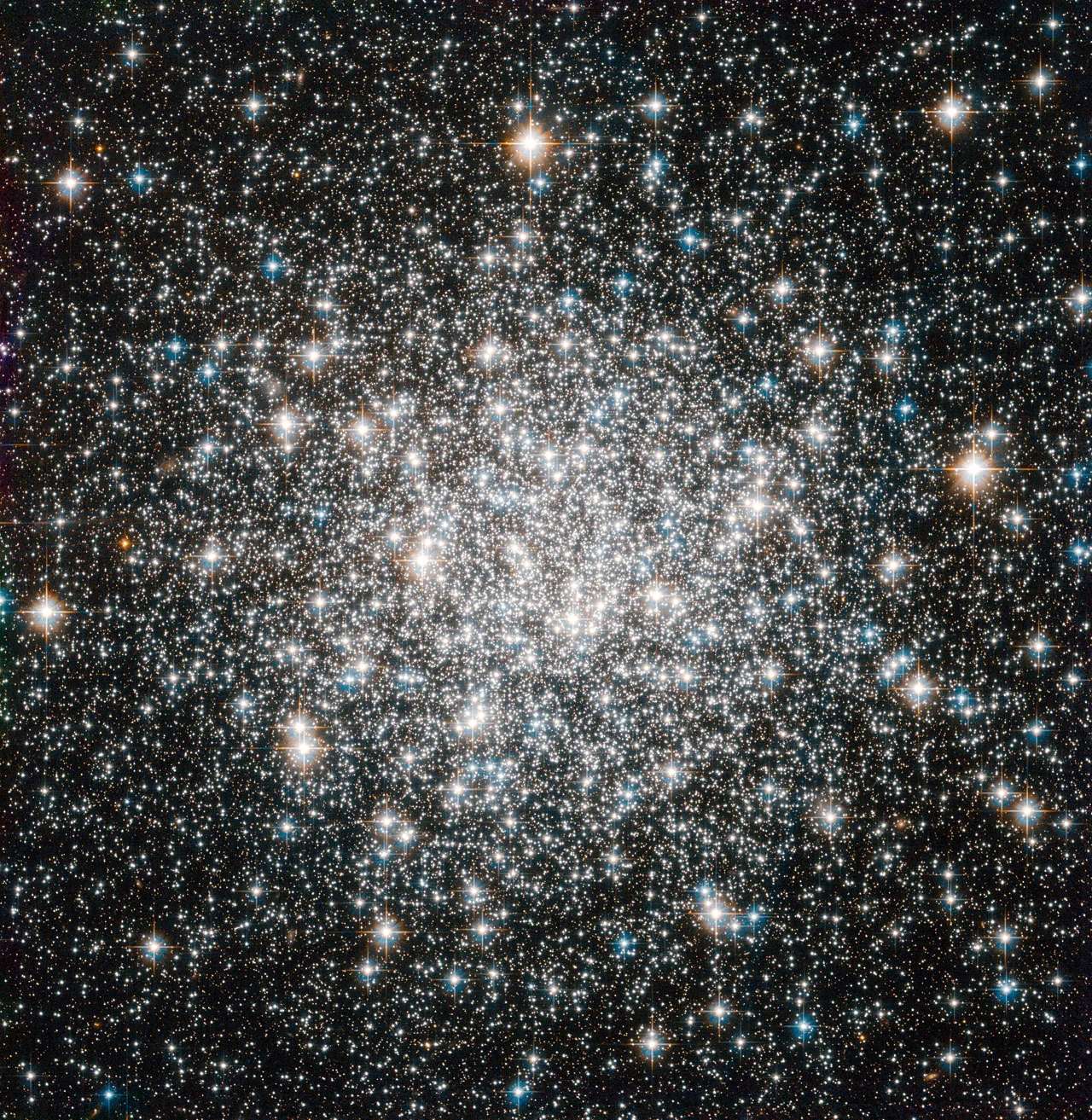M68 | NGC 4590 | Globular Cluster | Hydra | 33,600 Light Years Away
Messier 68 is a globular star cluster located in the constellation Hydra, first observed by Charles Messier in 1780. Positioned approximately 33,000 light-years away from Earth, this celestial assembly is part of the Milky Way galaxy. Messier 68 is characterized by its dense and spherical arrangement of stars, held together by the force of gravity.
Comprising hundreds of thousands of stars, Messier 68 exhibits a concentrated core where stars are densely packed due to gravitational interactions. The stars within this globular cluster are quite old, with an estimated age exceeding 11 billion years. The study of Messier 68 and similar objects contributes to our understanding of globular clusters, offering insights into the dynamics and evolution of stars in these ancient stellar communities.
Messier 68 is an excellent target for astronomers and astrophotographers, as its distinct spherical structure and brightness make it easily observable with small telescopes. The study of globular clusters like Messier 68 provides astronomers with valuable information about the age and composition of the Milky Way and the processes that led to the formation of these dense stellar groupings. Messier 68, with its position in the Hydra constellation and its role as a representative member of the globular cluster population, adds to the ongoing exploration of these ancient stellar communities within our cosmic neighborhood.

